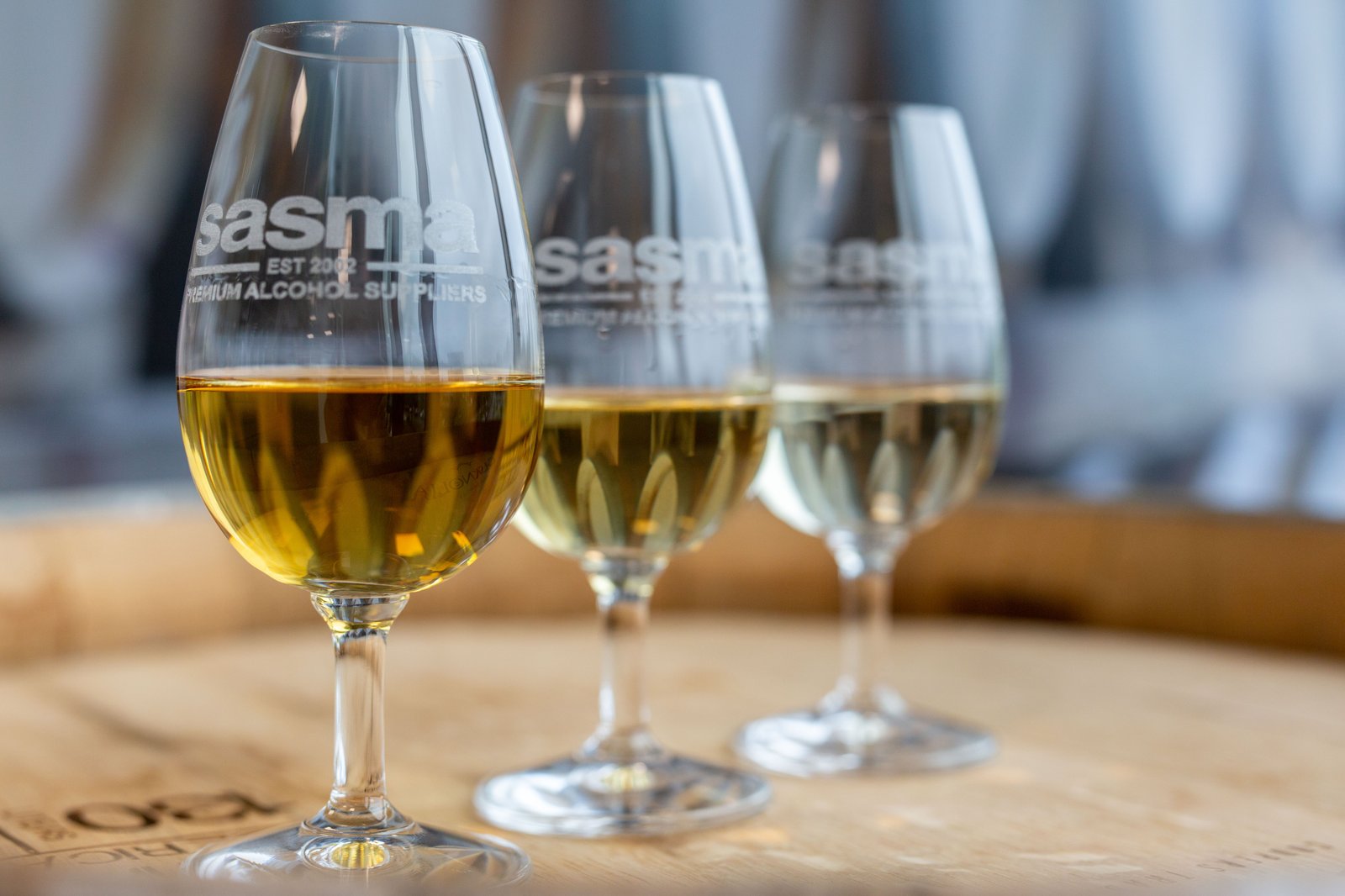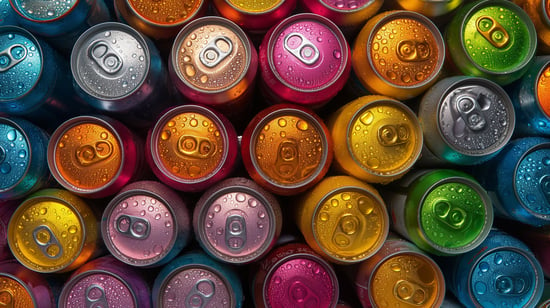
Sasma Insights – May 2025 Market Update
Here’s the latest news from the world of spirits, where a lot is happening right now. At Sasma, we’re committed to keeping you in the loop with updates and research that matter to you. This month, we’re focusing on the growing RTD category and key trends in the global whisky market. We also breakdown what is happening with global tariffs. Take a moment to check out what’s happening and where the industry is headed.
Innovation and Premiumisation: What’s Next for RTDs?

Ready-to-drink (RTD) beverages continue to shape the global alcohol market, with volume growth recorded in 16 of the top 20 global markets in 2024. At Sasma, have been at the forefront of the RTD category for several years, using our expertise to help new and existing clients navigate emerging trends and opportunities in this ever evolving category.
So what are the top 10 markets for RTDs?
- United States
- Canada
- Mexico (+8%)
- Brazil
- South Africa
- United Kingdom
- Germany (+4%)
- China
- Japan
- Australia
Shift to Spirit-Based Innovation
The RTD landscape is undergoing a transformation. While the hard seltzer phenomenon has diminished, spirit-based RTDs are carving out significant space in the market. Historically dominated by malt bases, today’s RTDs are increasingly incorporating premium spirits to enhance quality and premiumisation. Our current bestselling spirits for RTDs include Gin, Vodka, Whisky, and 100% Agave Spirits.
Premium, but Accessible
Following a wave of premium innovation in 2023, brands are now adjusting their strategies to offer high-quality products at more accessible price points. This approach is becoming increasingly important in response to economic challenges, though premium offerings still hold strong in markets like Germany and the UK, where they have a notable presence in new product launches.
Emerging Flavor Trends
Lemon holds steady as the global frontrunner in flavor preferences, yet pineapple, mango, and passionfruit are rapidly gaining traction in key markets like the US, UK, and South Africa. This trend highlights the growing importance of regional preferences and localization, paving the way for creative and market-specific product development.
Higher ABV RTDs: Meeting New Expectations
Despite ongoing moderation trends, consumer interest in higher-ABV options is rising. RTD brands are responding with line extensions featuring ABVs surpassing 7%, aligning their offerings with evolving consumer expectations and preferences.
Are you ready to shape the future of RTDs? Reach out today—we’d love to collaborate with you.
Sources: IWSR, Drinks-Intel, The Spirits Business
Bourbon: Global Whisky Market Faces Oversupply Challenges

After two decades of robust growth, the global whisky industry—including Scotch, bourbon, and Irish whiskey—is experiencing a significant oversupply. This surplus stems from years of increased production aimed at meeting anticipated demand, which has recently plateaued.
Key Highlights
Production Outpaces Demand: Distilleries worldwide increased production in response to the whisky boom. However, the time-intensive aging process means that adjustments to production levels lag behind shifts in consumer demand, leading to excess inventory.
Market Saturation: The steady growth of new distilleries and brands has increased competition, making it somewhat more challenging for newer entrants to succeed in an already crowded market.
Economic Factors: Global economic uncertainties, including inflation and changing consumer spending habits, have contributed to the slowdown in whisky sales, exacerbating the oversupply issue.
Considerations for Whisky Purchasers
The current oversupply presents both challenges and opportunities.
- Whiskey exports are softening in value.
- Distilleries are scaling back production to better align with near-term demand.
- A 10% US tariff on imported Scotch adds cost uncertainty.
- Current surplus may offer access to aged aged whiskey stocks at competitive prices.
At Sasma, we remain agile, monitor market trends closely, and are in close contact with our customers.
Sources: Vinepair.com, The Spirits Business
Tariffs Shake Up the Global Alcohol Industry: Mid-May 2025 Update

As of mid-May 2025, the global alcohol industry is navigating a complex and evolving landscape of tariffs, particularly between the United States, European Union, Canada, and Mexico. Here's our summary of the current status:
United States Tariff Measures
General Import Tariffs: The U.S. has implemented a 10% baseline tariff on most imports, including alcoholic beverages, effective since April 2025.
EU Alcohol Imports: President Trump has threatened a 200% tariff on all alcoholic beverages imported from the European Union in response to EU tariff proposals. While this has not been enacted, it remains a significant concern for importers and distributors.
The recent UK-US trade agreement, announced on May 8, 2025, introduces several key changes affecting the alcohol industry, particularly concerning ethanol imports.
Ethanol Quota: The UK has agreed to eliminate the 19% tariff on US ethanol imports, establishing a duty-free quota of 1.4 billion liters. This volume aligns with the UK's entire ethanol market size, potentially impacting domestic producers.
European Union Countermeasures
Retaliatory Tariffs: The EU has prepared a list targeting approximately €95 billion worth of U.S. goods for potential tariffs if ongoing trade negotiations fail. This list includes alcoholic beverages such as wine, beer, and spirits.
American Whiskey: Initially, the EU planned to impose a 50% tariff on American whiskey starting April 1, 2025. However, under pressure and to avoid escalation, the EU decided to exempt U.S.-made bourbons from this round of tariffs.
Legal Action: The EU has initiated proceedings at the World Trade Organization (WTO) against the U.S., citing violations of international trade rules due to the imposed tariffs.
Canada and Mexico Responses
Canada: In retaliation to U.S. tariffs, Canada has imposed 25% tariffs on U.S. beer, spirits, and wine effective March 13, 2025. Additionally, several Canadian provinces have taken measures such as removing American alcohol from liquor store shelves.
Mexico: While Mexico announced intentions to impose retaliatory tariffs on U.S. goods, including alcoholic beverages, specific measures have yet to be implemented as of mid-May 2025.
Global Industry Implications
Price Increases: The imposed tariffs are expected to lead to higher prices for imported alcoholic beverages, affecting both consumers and businesses in the distribution and retail sectors.
Supply Chain Adjustments: Companies are exploring alternative sourcing and supply chain strategies to mitigate the impact of tariffs, including shifting to domestic suppliers or non-tariffed countries.
Market Uncertainty: Ongoing trade negotiations and the potential for sudden policy changes contribute to an environment of uncertainty, complicating long-term planning for businesses in the alcohol industry.
Here at Sasma we remain informed so that we can be up to speed on all changes related to our business. We remain loyal to our customers in navigating this challenging situation.
Sources: Business Insider, BBC, AP News, The Guardian
Get In Touch With Us
Email us at hello@sasmabv.com or fill in our contact form here, or email your sales manager directly for more information about spirits offerings and market updates.
